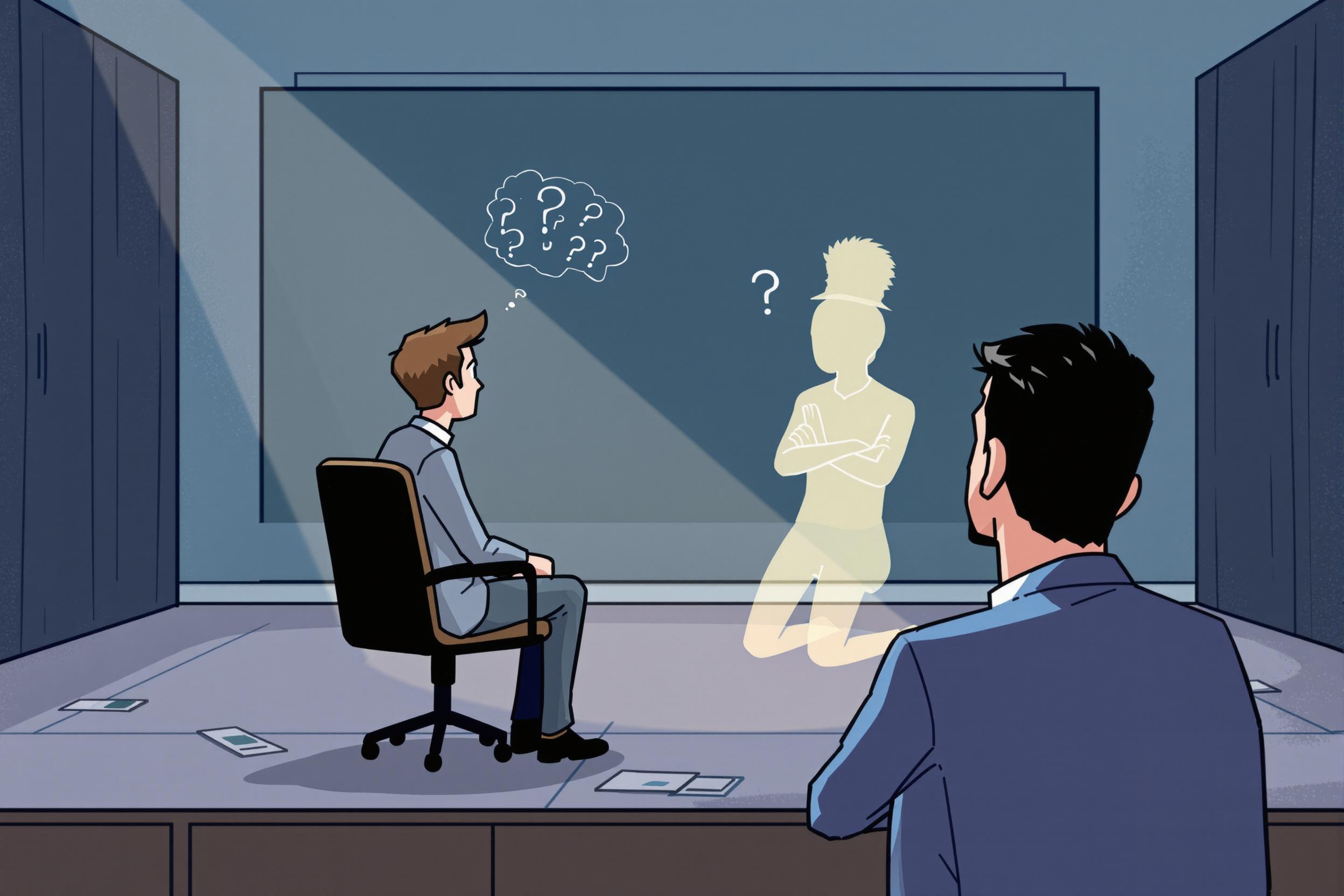
Follow Through
Follow Through is a fundamental animation principle that makes animated movements look more natural and believable. It refers to the way parts of a character or object continue to move after the main action has stopped, like hair swaying after a character stops running, or a cape flowing after a superhero lands. Think of it like when a dog's ears flop around after they shake their head - that's follow through in real life. This technique is essential for creating lifelike animations and is one of the classic "12 Principles of Animation" that Disney developed.
Examples in Resumes
Applied Follow Through techniques to character hair and clothing animations in feature film project
Created realistic movement using Follow Through and Overlapping Action in character animations
Improved animation quality by implementing Follow Through principles in action sequences
Typical job title: "Character Animators"
Also try searching for:
Where to Find Character Animators
Online Communities
Professional Networks
Job Boards
Example Interview Questions
Senior Level Questions
Q: How do you train junior animators to properly implement follow through in their work?
Expected Answer: A senior animator should explain their mentoring approach, including demonstrating with simple examples like a bouncing ball with a tail, progressing to complex character animation, and providing specific feedback on timing and weight distribution.
Q: How do you balance follow through with production deadlines?
Expected Answer: Should discuss prioritizing which elements need detailed follow through (like hero character's cape) versus background elements, and explain efficient workflows to achieve good results within time constraints.
Mid Level Questions
Q: Can you explain how you would apply follow through to different types of character features?
Expected Answer: Should be able to explain how follow through differs for long hair versus short hair, loose versus tight clothing, and different materials like metal versus fabric.
Q: How do you combine follow through with other animation principles?
Expected Answer: Should demonstrate understanding of how follow through works with overlapping action, timing, and secondary action to create convincing movement.
Junior Level Questions
Q: What is follow through and why is it important?
Expected Answer: Should explain the basic concept of continuing movement after the main action stops and why it makes animation look more natural and less rigid.
Q: Can you give an example of follow through in a simple animation?
Expected Answer: Should be able to describe a basic example like a character's hair movement after they stop walking, or a flag continuing to wave after the wind stops.
Experience Level Indicators
Junior (0-2 years)
- Basic understanding of follow through principle
- Simple character animation
- Basic physics knowledge
- Animation software basics
Mid (2-5 years)
- Complex character movement
- Realistic fabric and hair animation
- Timing and weight control
- Multiple character interactions
Senior (5+ years)
- Advanced movement mechanics
- Animation direction
- Team leadership
- Complex action sequence creation
Red Flags to Watch For
- Unable to explain basic physics of movement
- No understanding of timing in animation
- Lack of demo reel showing follow through examples
- No knowledge of industry-standard animation software
Need more hiring wisdom? Check these out...

Ghosted Again? How to Stop Candidates from Disappearing and Start Engaging Them Better

From Passive to Active: Nurturing Candidates Over the Long Haul

From Farewells to Future Allies: Transforming Exit Interviews into Lifelong Connections

